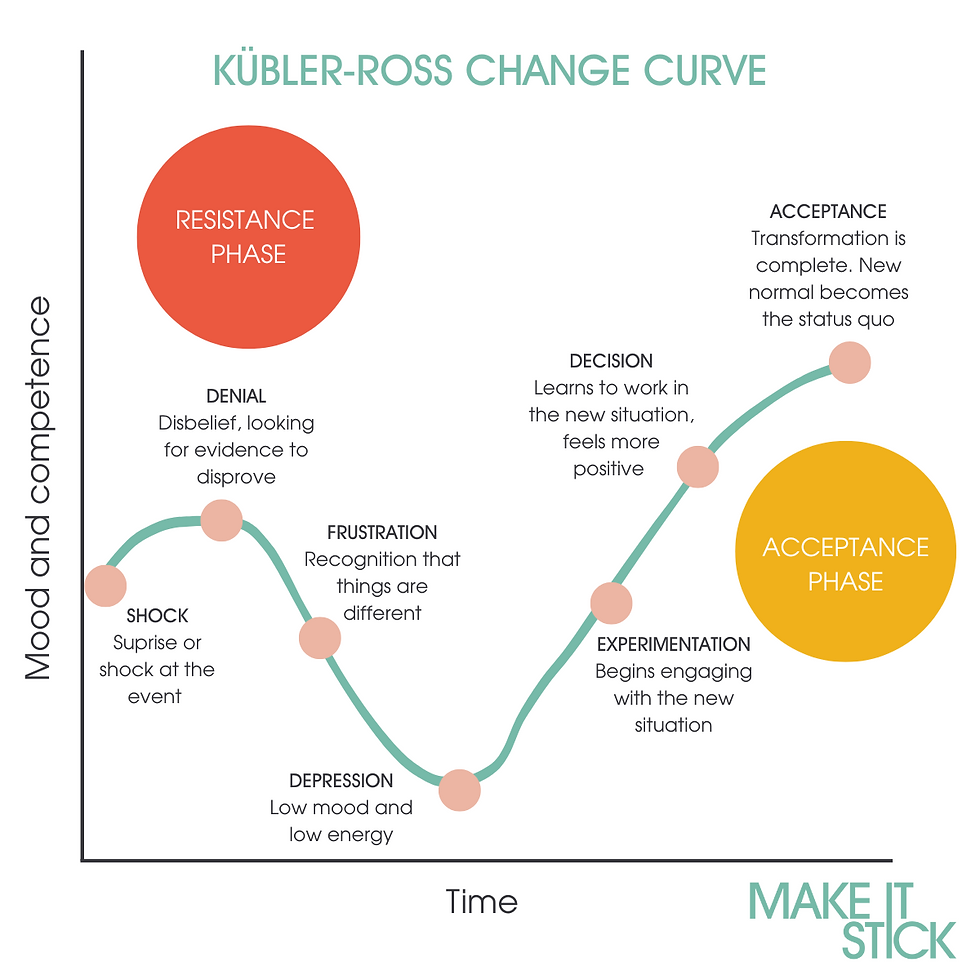Tapestry to transformation
- Charlotte Kendall
- Jun 30
- 3 min read

When my family and I pulled into Bayeux during our recent Normandy road trip, we weren’t quite prepared for the emotional impact of seeing the tapestry. Nearly 70 metres of embroidered linen stretched out before us, telling the story of William the Conqueror’s claim to the English throne and the dramatic events leading to the Battle of Hastings in 1066.
For most visitors, it’s an awe-inspiring piece of medieval art that has stood the test of time for nearly a millennium. For us, it was something more intimate. My partner’s family has managed to trace their ancestry all the way back to the Normans, and an uncle of William himself. This meant the tapestry didn’t just feel like a historical artefact, but a powerful opportunity to reflect on origins and identity.

A masterclass in medieval messaging
Aside from the ancestral connection, what struck me most was its purpose. The Bayeux Tapestry isn’t just a marvel of craftsmanship — it’s one of the earliest and most enduring examples of storytelling being used as a strategic tool to win hearts and minds.
William, newly victorious but ruling over a resentful and rebellious England, understood something fundamental: power alone doesn’t secure legitimacy – but a story might. He needed the public imagination on his side.
And that’s exactly what the tapestry was designed to influence. It subtly casts Harold Godwinson as a usurper who broke a sacred oath, while William is presented as the rightful heir – guided by fate, supported by the Church, and justified in his claim.
This wasn't just decoration. It was political communication, presented in a way that even an illiterate population could absorb – through images, symbols, and a dramatic, one-sided narrative arc.
The story vs the reality of the change
Yet while William successfully seized control of the narrative, he continued to battle resistance from English lords for the rest of his reign. His rule brought dramatic transformation: new laws, a new language, and entirely new systems of governance.
And while the tapestry helped explain why the conquest had happened, it did little to soften how that change was experienced by the people living through it.
William’s storytelling was masterful — but it couldn’t stitch over the deep sense of disruption, loss, and cultural dislocation that followed.
In today’s leadership terms, he didn’t account for the change curve – the emotional stages people go through when faced with transformation: shock, denial, frustration, depression, experimentation, decision and eventually, acceptance.

From tapestry to transformation
As I stood there, reading the Latin captions and tracing the galloping horses with my eyes, I couldn’t help but think: storytelling is power, but true leadership is understanding how stories land with those living them. A compelling narrative can set the direction and share the why. But if you want people to come with you on the journey, you have to lead them through the discomfort too.

So, inspired by the tapestry (and its limitations), here are five lessons for leaders who want to use storytelling to lead people through change:
Start with the 'why'
Make your vision meaningful. Before you introduce what is changing, help people understand why it matters.
Acknowledge the journey
People don't change instantly. Meet them where they are on the emotional curve. Validate their fears and frustrations while guiding them forward.
Make them the heroes
Don’t just narrate your own leadership. Empower others. Let your people see themselves in the story and give them a part to play – as protagonists, not passengers.
Tell it in chapters
Don’t wait until the end to declare victory. Share milestones, struggles, and small wins along the way to build belief and trust.
Be real
Authenticity beats polish. People connect to truth, not perfection. Show vulnerability, speak plainly, and be human.
Nine centuries later, the Bayeux Tapestry still speaks – not just about conquest, but about communication. Whether you're leading a team through change, navigating personal growth, or simply exploring your own roots, ask yourself: What story am I telling – and who gets to help write the next chapter?
If you'd like help crafting your change narrative, reach out! We have over a decade of experience co-creating powerful stories that help bring people on the change journey.




